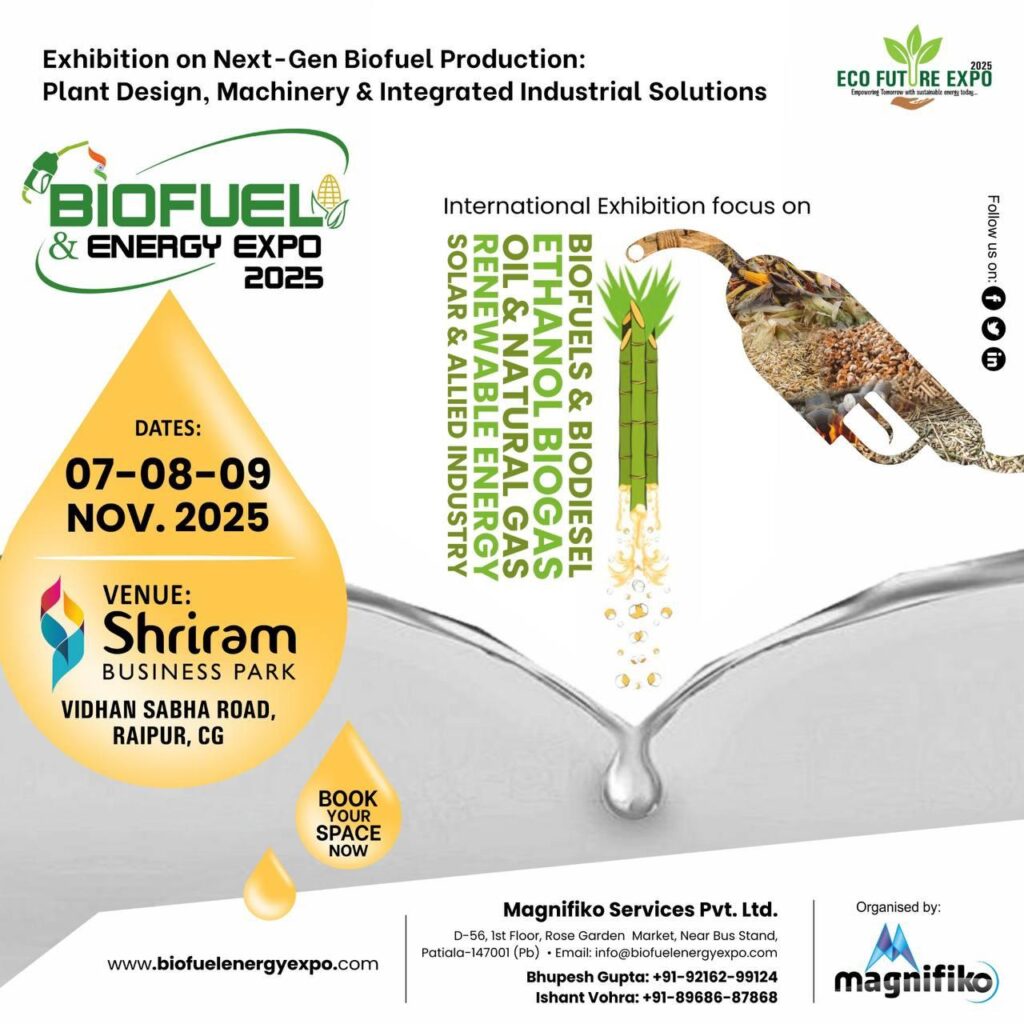India awards 862,000 TPA green hydrogen capacity, eyes 10% of global demand
By Saket Kumar
India has awarded 862,000 tonnes per annum (TPA) of green hydrogen production capacity to 19 companies under the National Green Hydrogen Mission, Union Minister of State for Power and New & Renewable Energy Shripad Naik announced at the Federation of Indian Chambers of Commerce and Industry (FICCI) Green Hydrogen Summit 2025 on Tuesday.
Speaking at the event in New Delhi, Naik outlined India’s ambition to capture about 10% of the global green hydrogen demand, projected to exceed 100 million metric tonnes by 2030. “We want to make India not only a major producer but also a global hub for green hydrogen exports,” he said.
The government has also allocated 3,000 megawatts of electrolyser manufacturing capacity to 15 companies, Naik added.
The minister highlighted India’s renewable energy capacity as a foundation for its hydrogen plans. As of June 2025, India’s cumulative renewable energy capacity stood at 237 gigawatts (GW), including 119 GW from solar, 52 GW from wind, and 49 GW from large hydro. Including 8.78 GW of nuclear power, non-fossil fuel sources account for more than half of India’s total installed generation capacity.
“This is a matter of immense pride that we have achieved this key NDC target five years ahead of schedule,” Naik said, reiterating the target of 500 GW of non-fossil fuel capacity by 2030.
Industry leaders at the summit underscored recent developments. Rajat Seksaria, Chair of FICCI’s Green Hydrogen Committee and CEO of Adani New Industries, highlighted three key steps the government has taken to support the green hydrogen industry: the Production Linked Incentive (PLI) scheme, the ongoing green ammonia auction, and the government’s continued engagement with the sector.

Vipul Tuli, Chair of FICCI’s Renewable Energy CEOs Committee and Chairman of Sembcorp India, pointed out a shift in the cost dynamics of green hydrogen.
“In one of the global tenders, green hydrogen has actually come out cheaper than blue hydrogen. This is a very significant development,” he said. However, he cautioned that the industry should focus on sustainable, long-term commitments rather than just chasing low prices.
On international cooperation, Ewa Suwara, Chargé d’affaires of the EU Delegation to India, said that following the second India-EU Green Hydrogen Forum in Rotterdam in May 2025, both sides had agreed to establish a Hydrogen Task Force. “Both the EU and India are well aware of the potential of green hydrogen in addressing today’s and tomorrow’s energy challenges,” she said.
During the summit, the minister also released the FICCI-EY Green Hydrogen Report: India’s Green Hydrogen Ecosystem. The report emphasises the critical role of demand from hard-to-abate industries like refining, steel, aviation, and fertilisers in creating a sustainable green hydrogen market. It further outlines priority use-cases, procurement models, cost dynamics, and actionable steps to stimulate demand.
This article has been republished from The Business Standard.

